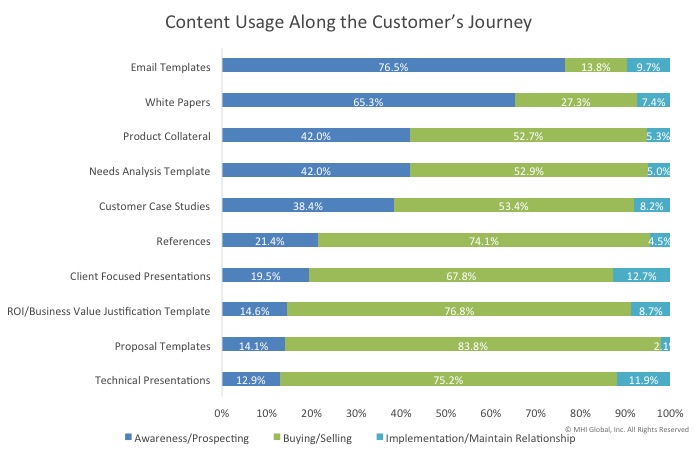Although commonly seen as one in the same, sales training and sales enablement are vastly different.
In Part 1 we uncovered disappointing data proving the effectiveness of sales training is clearly missing the mark:
- Sales professionals forget 85% of the content and skills within four weeks of training – Association for Talent Development (ATD) — {for more stats see Part 1)
The case is not that we should throw out sales training, but instead see it as a critical, yet partial component of a sales enablement program. What is sales enablement? A strategic, cross-functional discipline designed to increase sales results and productivity by providing integrated content, training, and coaching services for salespeople and frontline sales managers along the entire customer’s journey, powered by technology. — Tamara Schenk, CSO Insights
In this series we are taking a look at three distinctions between sales training and sales enablement:
- Messaging and content
- Training
- Coaching and reinforcement
2. Training & the importance of sales ready assets
A primary outcome of sales training is to enhance the knowledge and expertise of the sales channels. It is important to not only educate sales on the solution, but also the value proposition of that solution — that is, the current situation buyers would likely find themselves prior to adopting the solution, and then the typical benefits buyers derive from the solution based on their original state of affairs. This aspect is undeniably critical. But where does that leave the general catch-all of “skills training”? For sales leaders desiring sustainable behavioral change, they need to not only teach their sales professionals the new skill(s) through classroom instruction, but they also need to equip them with sales ready assets immediately ready for use in real-world sales cycles upon returning to the field.
The related sales kit inventory can include a variety of materials such as: collateral, presentation decks, demos, proposal templates, client value stories, prospecting infographics and talk tracks. In the training session, the sales professionals need to be educated on the sales ready assets and know how to role-play by using them. Otherwise, the sales professionals’ training is for naught — see statistics above as proof of how often this occurs.
For further clarity on Sales Enablement, take a look at this interview that Tamara Schenck and I did with Jonathan Farrington of Top Sales World earlier this year. And stay tuned as I will cover coaching in my next post.
